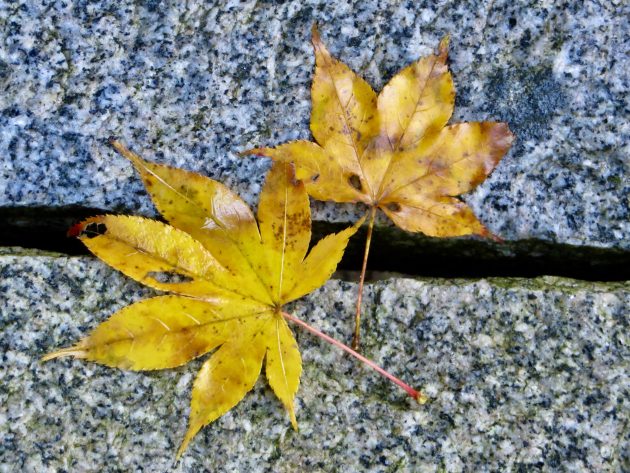
Wabi sabi is a beauty of things imperfect, impermanent and incomplete.
It is a beauty of things modest and humble.
Wabi-sabi is a nature-based aesthetic paradigm that restores a measure of sanity and proportion to the art of living.
Wabi-sabi — deep, multi-dimensional, elusive — is the perfect antidote to the pervasively slick, saccharine, corporate style of beauty.
Get rid of all that is unnecessary. Wabi-sabi means treading lightly on the planet and knowing how to appreciate whatever is encountered, no matter how trifling, whenever it is encountered. “Material poverty, spiritual richness” are wabi-sabi bywords. In other words, wabi-sabi tells us to stop our preoccupation with success — wealth, status, power and luxury — and enjoy the unencumbered life.
Obviously, leading the simple wabi-sabi life requires some effort and will and also some tough decisions. Wabi-sabi acknowledges that just as it is important to know when to make choices, it is also important to know when not to make choices: to let things be. Even at the most austere level of material existence, we still live in a world of things. Wabi-sabi is exactly about the delicate balance between the pleasure we get from things and the pleasure we get from freedom from things.
Mud, paper and bamboo have more intrinsic wabi-sabi qualities than do gold, silver and diamonds.
“Greatness” exists in the inconspicuous and overlooked details. Wabi-sabi represents the exact opposite of the Western ideal of great beauty as something monumental, spectacular and enduring. Wabi-sabi is about the minor and the hidden, the tentative and the ephemeral: things so subtle and evanescent they are invisible to vulgar eyes.
Like homeopathic medicine, the essence of wabi-sabi is apportioned in small doses. As the dose decreases, the effect becomes more potent, more profound. The closer things get to nonexistence, the more exquisite and evocative they become. Consequently, to experience wabi-sabi means you have to slow down, be patient and look, very closely.
Things wabi-sabi are appreciated only during direct contact and use; they are never locked away in a museum. Things wabi-sabi have no need for the reassurance of status or the validation of market culture. They have no need for documentation of provenance.
Things wabi-sabi can appear coarse and unrefined. They are usually made from materials not far removed from their original condition within, or upon, the Earth and are rich in raw texture and rough tactile sensation. Their craftsmanship may be impossible to discern.
Simplicity is at the core of things wabi-sabi. The essence of wabi-sabi, as expressed in tea, is simplicity itself: fetch water, gather firewood, boil the water, prepare tea, and serve it to others.
The simplicity of wabi-sabi is best described as the state of grace arrived at by a sober, modest, heartfelt intelligence. The main strategy of this intelligence is economy of means. Pare down to the essence, but don’t remove the poetry. Keep things clean and unencumbered, but don’t sterilize. (Things wabi-sabi are emotionally warm, never cold.) Usually this implies a limited palette of materials. It also means keeping conspicuous features to a minimum. But it doesn’t mean removing the invisible connective tissue that somehow binds the elements into a meaningful whole. It also doesn’t mean in any way diminishing something’s “interestingness,” the quality that compels us to look at that something over, and over, and over again.
Edited excerpt from Wabi-Sabi: for Artists, Designers Poets and Philosophers by Leonard Koren published in issue KJ50: Transience with permission of the author
